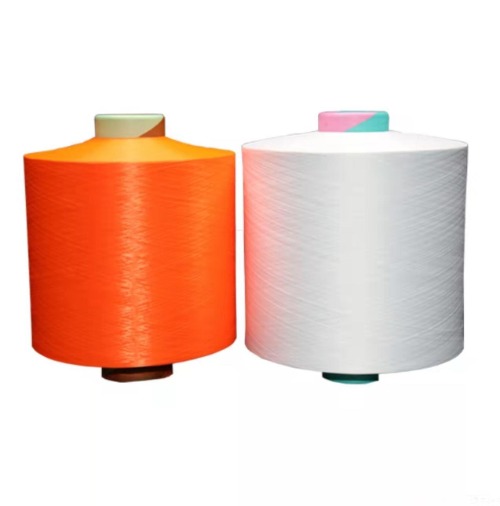The synthetic fiber market continues to grow, and environmental protection technology has become the focus of development
In recent years, the global demand for synthetic fiber market has shown a steady growth trend. According to the latest industry report, the global synthetic fiber market size has exceeded US$80 billion in 2024, and is expected to continue to expand at an average annual compound growth rate of 5.2% in the next five years. This growth is mainly due to strong demand from multiple downstream industries such as textiles, automobiles, medical care and construction.
In the textile field, polyester and nylon fibers have become the preferred material for clothing and home textile products due to their excellent wear resistance, dyeability and cost-effectiveness. At the same time, the trend of automobile lightweight has promoted the application of high-performance synthetic fibers in automotive interiors and composite materials, further stimulating market demand.
However, with the increasing strict environmental regulations, carbon emissions and microplastic pollution problems in traditional synthetic fiber production have attracted much attention. The industry is actively promoting green transformation, including the development of recyclable synthetic fibers, the use of bio-based raw materials, and the optimization of production processes to reduce energy consumption. In the future, environmentally friendly synthetic fiber technology will become the core advantage of corporate competition.

Technological innovation promotes breakthrough in synthetic fiber performance
Driven by the dual driving of market demand and environmental protection requirements, synthetic fiber technology has ushered in a major breakthrough. New functional fibers, such as antibacterial fibers, flame retardant fibers and intelligent temperature-controlled fibers, are gradually entering the high-end application market. Through nanotechnology and blending modification technology, the researchers significantly improved the strength, elasticity and durability of the fiber, making it perform better in special environments.
Among them, the research and development progress of ultrafine denier fiber is particularly eye-catching. This type of fiber is only 1/10 of that of ordinary fibers, and has excellent softness and breathability. It is widely used in high-end sportswear and medical textiles. In addition, the breakthrough in conductive fibers has greatly improved the comfort and practicality of smart wearable devices, further broadening the application scenarios of synthetic fibers.
In terms of production process, the optimization of melt spinning and solution spinning technologies greatly reduces production costs and improves the uniformity and stability of fibers. In the future, with the in-depth application of artificial intelligence and automation technologies, the production efficiency and product consistency of synthetic fibers are expected to be further improved.
Asian market dominates global synthetic fiber supply chain
From the perspective of regional distribution, Asia has become the core region of global synthetic fiber production and consumption. China, India and Southeast Asian countries have occupied more than 70% of the global market share with their mature industrial chains and cost advantages. Among them, China is not only the largest producer of synthetic fibers, but also the exporter of key technologies and equipment, continuing to promote global production capacity expansion.
At the same time, the Indian market has grown rapidly. Thanks to the rapid development of the local textile industry and the support of the government's "Made in India" policy, the country's demand for synthetic fibers has maintained an annual growth rate of more than 8%. Southeast Asian countries have attracted a large amount of international investment with their labor cost advantages and free trade agreements, further consolidating their global supply chain position.
However, international trade frictions and raw material price fluctuations remain the main challenges facing the industry. As the main raw material for synthetic fibers, its price fluctuations directly affect production costs. To this end, some companies have begun to explore bio-based alternative materials to reduce their dependence on traditional petrochemical resources.
Sustainable development becomes the key direction of the industry in the future
Against the backdrop of the global low-carbon economy transformation, the development of environmentally friendly synthetic fibers has become an irreversible trend. More and more brands and manufacturers are committed to using renewable or degradable fibers to reduce their environmental impact. For example, bio-based polyester fibers made of corn starch or sugar cane extract have been commercially used in some international brands.
Advances in recycling technology also provide new paths for the sustainable development of the industry. Chemical recycling method can redecompose waste textiles into monomers, and then polymerize to form high-quality fibers, achieving closed-loop utilization of resources. This technology not only reduces waste pollution, but also reduces the consumption of native resources, which is in line with the concept of circular economy.
At the policy level, major economies such as the EU, the United States and China have successively issued regulations requiring the textile industry to increase the recycling ratio and reduce its carbon footprint. These policies will further accelerate the green transformation of the synthetic fiber industry and promote the research and development of innovative materials and the popularization of markets.






